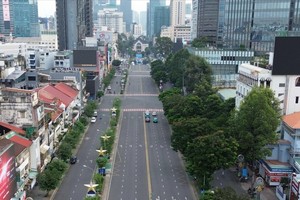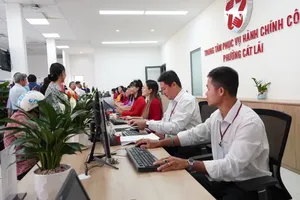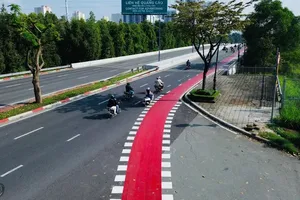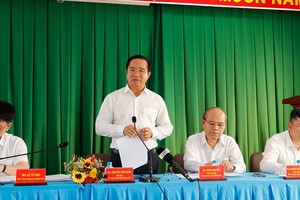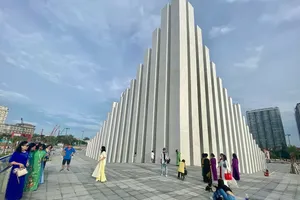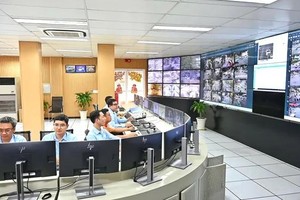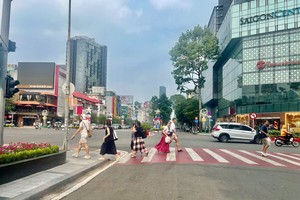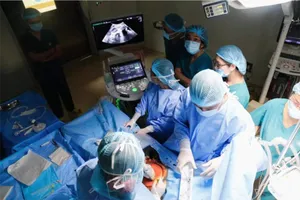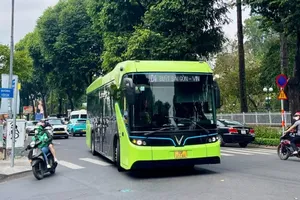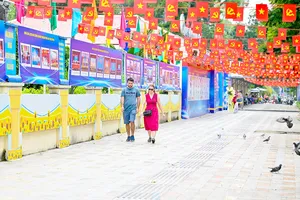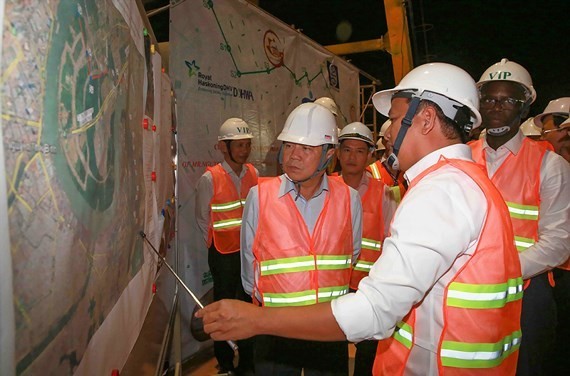
Following the trip, Phong said he was pleased to see the project in good progress while expressing his belief that once completed, it would improve the well-being of the city’s residents and help restore and protect the ecosystem of the Sai Gon and Dong Nai Rivers.
Dione, for his part, spoke highly of the project’s progress, saying the fact the city and WB leaders visited the project’s site together demonstrates the strong commitment for cooperation between the two sides.
He expected the project would make HCM City more resilient to pollution and environmental changes and turn it into a more sustainable and livable city, vowed to continue assisting Vietnam and HCM City in other environmental sanitation projects, and thanked local people for their support during the project’s implementation.
The second phase of the HCM City Environmental Sanitation Project, which began last year, focuses on improving wastewater services for the entire Nhieu Loc – Thi Nghe Basin. It is planned to be completed by 2021.
The project involves the construction of a wastewater treatment plant in Thanh My Loi Ward, District 2 and a 8-km sewer interceptor which will collect wastewater from Nhieu Loc – Thi Nghe canal in the districts of Binh Thanh, Go Vap, Tan Binh, Phu Nhuan, 1, 2 and 3 to the plant then discharge into Dong Nai River.
The water treatment facility is designed to have a daily capacity of 480,000 cu.m. Once completed, wastewater from the basin will be treated by the plant instead of being discharged directly into the Sai Gon River.
The second phase will cost a total of 524 million USD, of which 450 million USD is financed by the WB while the remainder comes from the city’s budget.
It is expected to benefit more than 1.2 million residents living near the canal, which has been seriously polluted for years.
To date, about 30 percent of the project has been completed with the disbursement of 256 billion VND (11 million USD).
The first phase of the project started in 2003 and was completed in August 2012 with an investment of 421 million USD, of which 294 million USD was sourced from WB’s Official Development Assistance (ODA).
After 10 years of development, the first phase has constructed more than 9 km of water interceptor, using pipe-jacking technology that has been applied in Vietnam for the first time, to improve the Nhieu Loc – Thi Nghe canal’s drainage capacity.
About 1.1 million cubic metres of soil was also dredged from the canal while 16 bridges were upgraded along it.

